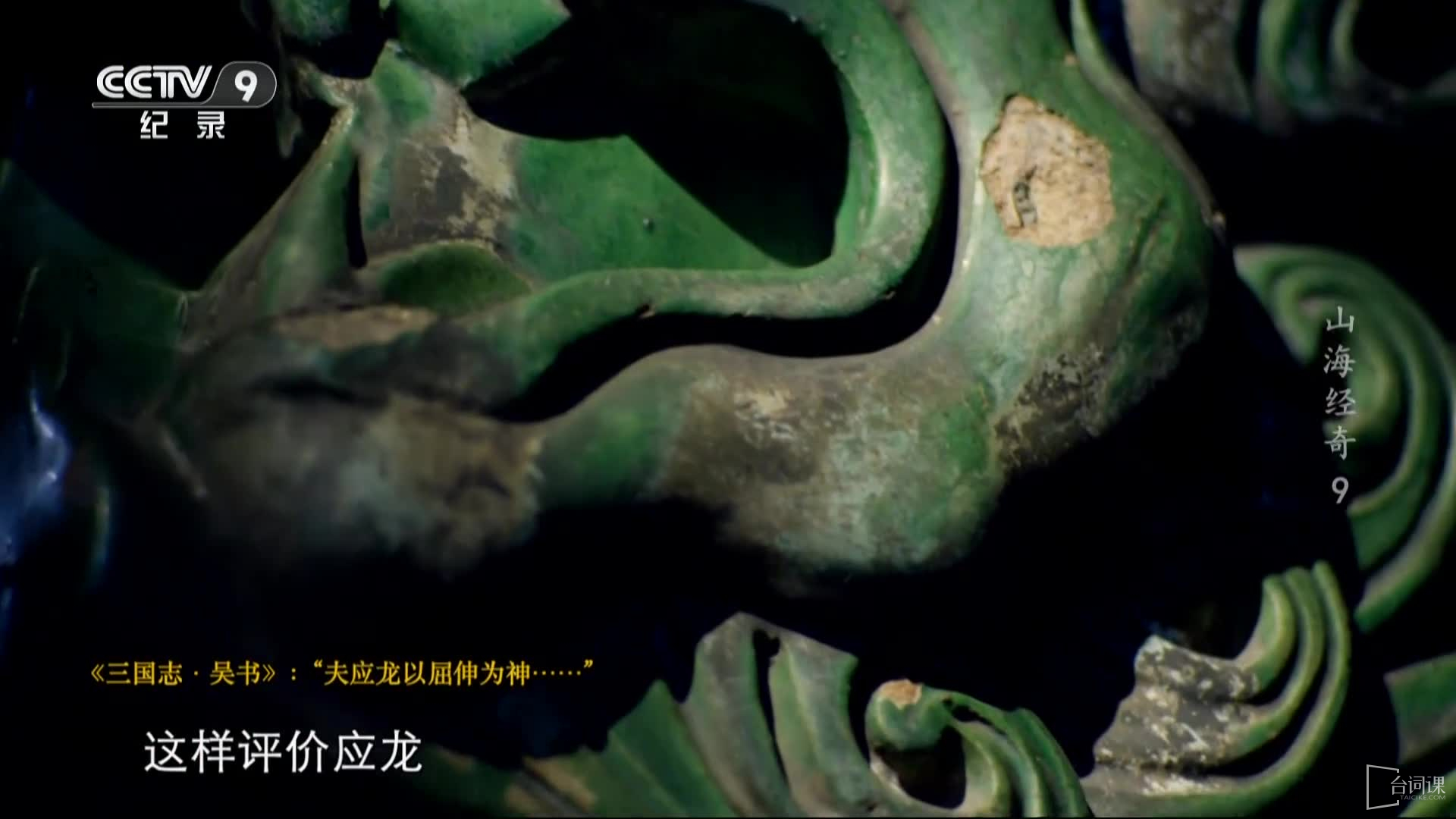《A Hazy Dream World from Ancient China》E5
Episode 5: Gluttony and the Breeding of Desire
The Classic of Mountains and Seas, an ancient Chinese document, is known as the oldest geographical museum in China.It describes in detail the geographical features, rich products, profound history and colorful folk customs of various places.However, it is precisely this seemingly real and credible information that is filled with a strange atmosphere of religion, mythology and witchcraft, making readers feel like they are in a fantasy and mysterious world.
In this natural history, it is not difficult to find descriptions of various astonishing exotic animals.These strange beasts not only have strange appearances, but also mix and match the characteristics of various creatures, ignoring the normal biological order.They may be huge and powerful, or they may have strange shapes and strange functions.Among them, the man-eating monsters described in Nanshan, Dongshan, Beishan and other places are even more impressive.Their body structure is full of incredible mix and match elements, showing an image that is both powerful and strong.
Among all the exotic animals, the roe owl is undoubtedly the most eye-catching one.It also has a more familiar name - Taotie.The image of this monster often appears in ancient Chinese culture and art, and it represents greed and excessive desire.The image of the roe owl is usually depicted with huge, protruding eyes and a huge, devouring mouth, symbolizing endless greed and desire.
These strange beasts and fantastic elements in the Book of Mountains and Seas make this geographical natural history not only a record of nature and humanity, but also a mysterious work full of fantasy.These seemingly absurd descriptions actually reflect the ancient Chinese people's exploration and imagination of nature and the unknown world.


